Aerospace
Air India’s First A350-900: Interior, Routes, and Inflight Features
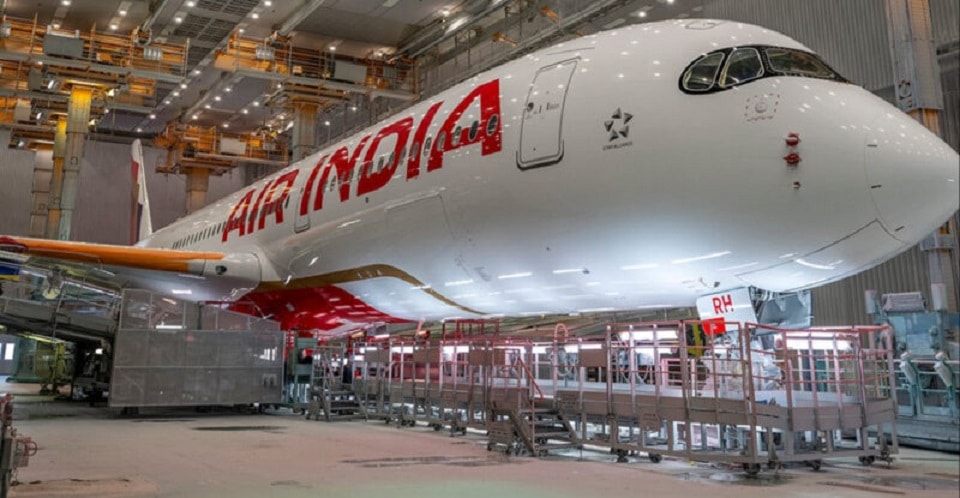
Air India is gearing up to welcome the first of six new Airbus A350-900 widebody aircraft, originally planned for Russian flag carrier Aeroflot.
The Air India A350 aircraft debuted with a more exquisite appearance due to its updated red livery and traditional tail design.
Air India A350 Inflight Entertainment
These aircraft will retain the same seating layout and in-seat Panasonic Avionics in-flight entertainment (IFE) systems. The Aeroflot emblem, blue seat coverings, and burnt orange headrest fabric will be replaced with a new branding and color scheme, which will be made public shortly.
Before December 25th, the first Air India A350-900 featuring the updated interior colors, materials, and finish (CMF) is expected to be delivered. The Air India A350 interior is notable for being the quietest among twin-aisle aircraft.
Passengers on Airbus A350 aircraft can enjoy a plethora of amenities such as a children’s channel, live TV, games, audiobooks, over 600 music albums, premieres, classic movies, and much more. You can also see a video from the camera mounted on the tail or a live map of your flight.
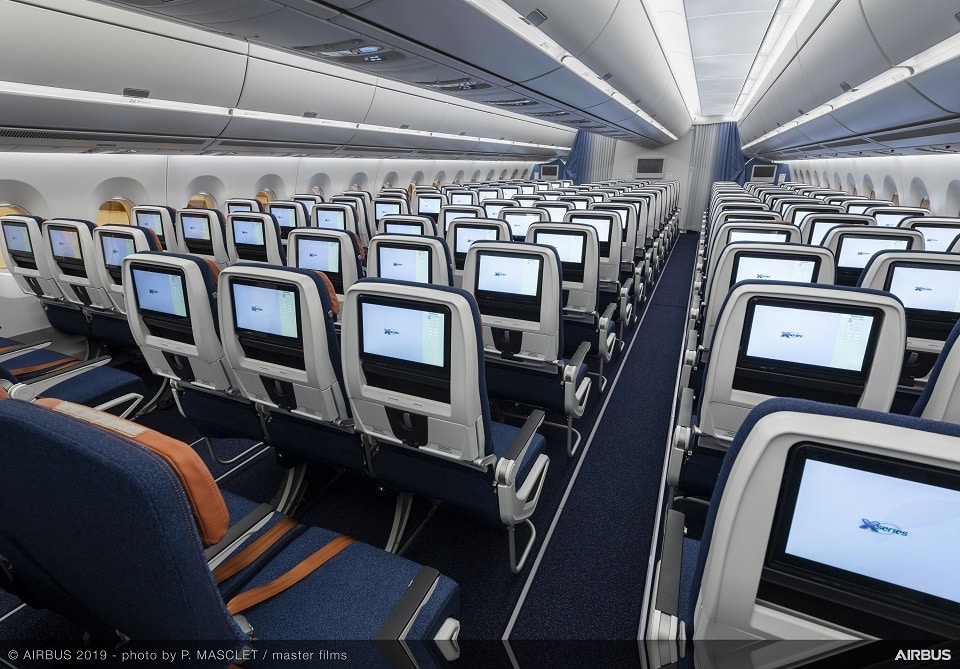
Its advanced technology ensures the highest possible air quality, with an optimized cabin altitude of 6,000 feet, as well as ideal temperature and humidity levels. The cabin air is refreshed every two to three minutes, contributing to a comfortable passenger experience.

Air India A350 family aircraft
Air India has additionally placed an order for 34 A350-1000 variants, which will be fitted with new interiors directly by Airbus. These deliveries are slated to commence in late 2025 or early 2026.
The A350 Family includes two versions: the A350-900 and the longer fuselage A350-1000. A350 aircraft are known for their efficient operation on a wide range of routes, from short-haul to ultra-long-haul, covering distances of up to 9,700 nautical miles.
These planes typically accommodate 300-410 passengers in a typical three-class configuration and can seat up to 480 passengers in a single-class layout.
Airbus a350 vs Boeing 777
Depending on the model, the Airbus A350 can hold anywhere from 300 to 440 passengers. In comparison, depending on the model, the Boeing 777 can accommodate anywhere from 314 to 550 passengers.
Depending on the variant, the A350 has an impressive range of 8,000 to 9,700 nautical miles. Conversely, depending on the version selected, the Boeing 777 has a range of 7,370 to 8,555 nautical miles.
The A350 sets itself apart by using a larger proportion of composite materials, which makes the aircraft lighter and more fuel-efficient. On the other hand, aluminum alloys are mostly used in the construction of the Boeing 777.
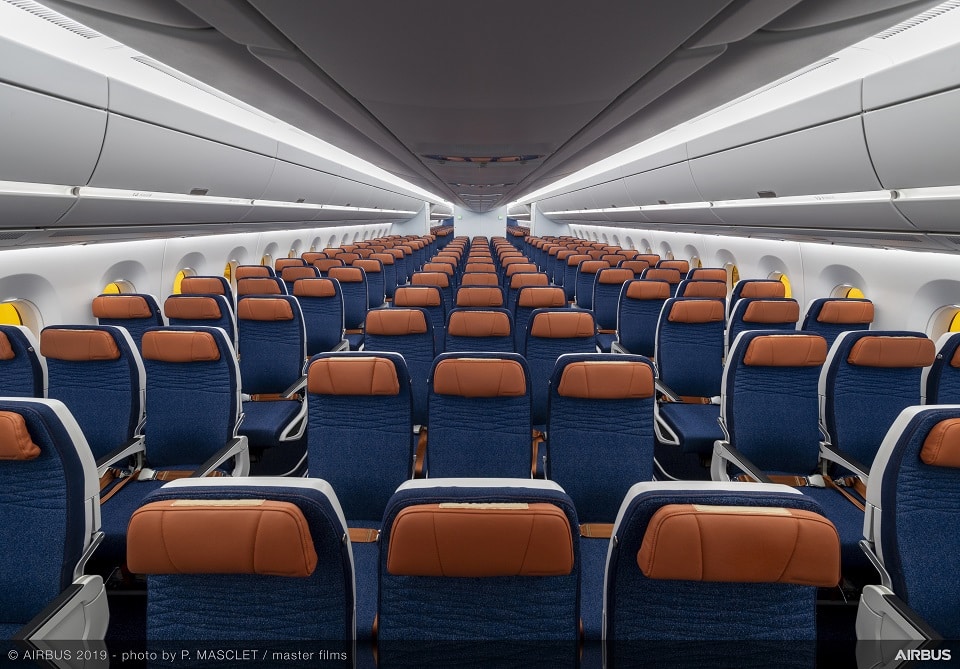
The Airbus A350 has a modern, all-glass cockpit with cutting-edge avionics, giving pilots access to cutting-edge technology. The Boeing 777, on the other hand, has a more conventional cockpit with some contemporary features added to improve performance and safety.
Because the air in the A350 is refreshed every two to three minutes, passengers can enjoy excellent air quality thanks to the sophisticated cabin technology. Travelers can expect a comfortable and rejuvenating experience thanks to the carefully managed temperature and humidity levels.
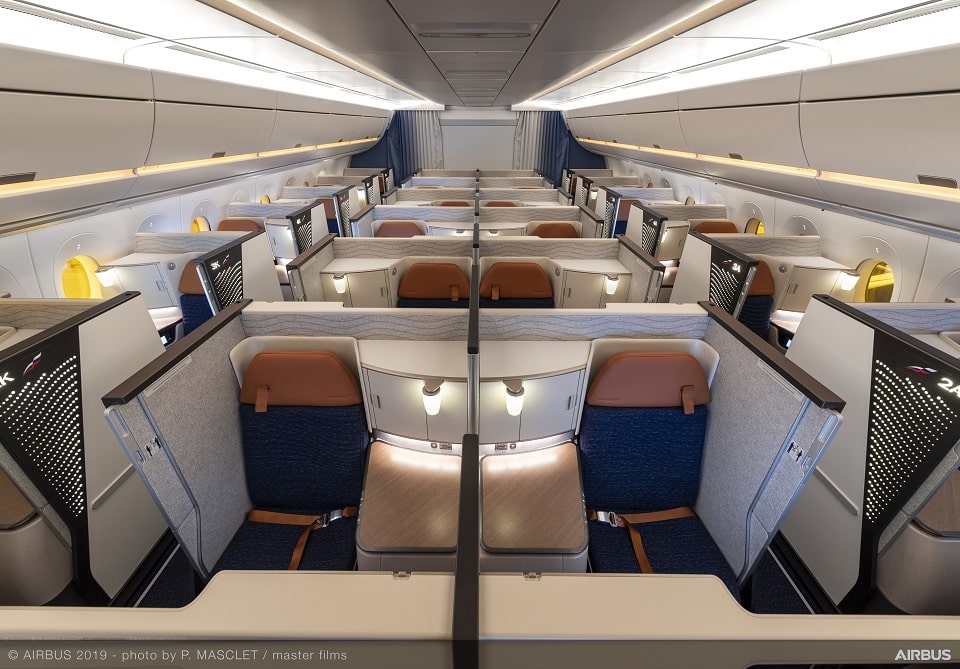
In a similar vein, Air India is also introducing a few of the ten Boeing 777X widebody aircraft, which are also among the more sophisticated models. This aircraft has an extended range and the newest engines compared to the previous generation of the 777. Boeing upgraded the 777X to have the quietest cabin and increased fuel efficiency by using composite material instead of aluminum due to the lower weight ratio.
Air India A350 routes
Currently, Air India operates its extensive flight routes to the United States using B777 aircraft.
Flying from Delhi to San Francisco, a distance of 15300 km, takes 14.5 hours. The world has been shocked by the flight’s decision to choose the longer trans-Pacific route over the more popular Atlantic one.
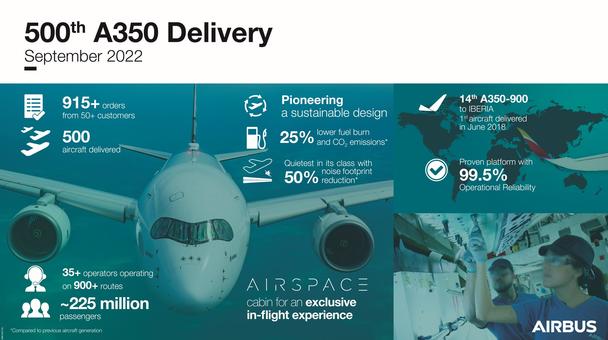
Bengaluru and San Francisco are connected directly by Air India, covering a distance of approximately 13,993 kilometers. It offers long-haul service on a variety of additional routes. Currently, B777 planes operate these routes. This aircraft could eventually be flown by an A350. Alaska Airlines and Air India, which connect 32 additional US cities, also share a code.
The introduction of the A350 to the Air India fleet represents a milestone for Indian carriers. Initially, these aircraft will operate on domestic routes for several months to allow Air India’s crew to gain experience with this aircraft type under the guidance of experienced A350 pilots. Afterward, the Air India A350 routes will be deployed on nearby international routes before being used for long and ultra-long-haul flights to North American destinations.

Aerospace
Boeing Transfers Rocket Stage to NASA, Paving Way for Human Moon Mission

Boeing has achieved a significant milestone by providing NASA with the second core stage of the Space Launch System (SLS) rocket.
This crucial component, crafted at NASA’s Michoud Assembly Facility (MAF), is set to propel the Artemis II crew into lunar orbit, marking humanity’s return to deep space after a 50-year hiatus.
The monumental Boeing-built rocket stage, the largest element of the Artemis II mission, will embark on a journey aboard the Pegasus barge, traveling 900 miles to NASA’s Kennedy Space Center.
Comparison of two legendary aircraft B777x vs B747 aircraft:Click here
Upon arrival, it will be meticulously integrated with other essential Artemis II components, including the upper stage, solid rocket boosters, and NASA’s Orion spacecraft within the iconic Vehicle Assembly Building. This intricate integration process is a vital step toward the eagerly anticipated Artemis II launch, slated for 2025.
“Boeing-built products helped land humankind on the moon in 1969, and we’re proud to continue that legacy through the Artemis generation,” remarked Dave Dutcher, vice president and program manager for Boeing’s SLS program. “Together, with NASA and our industry partners and suppliers, we are building the world’s most capable rocket and paving the way to deep space through America’s rocket factory in New Orleans.”
NASA, Lockheed Martin Reveal X-59 Quiet Supersonic Aircraft:Click here
The delivery of Core Stage 2 marks a significant achievement in the evolution of the SLS rocket. Towering over 200 feet and powered by four RS-25 engines, this core stage, coupled with two solid-fueled booster rockets, will generate a staggering 8.8 million pounds of thrust. This immense power is crucial to launching Artemis II and future missions into the vast expanse of space.
The SLS rocket stands unparalleled in its capability to transport both crew and substantial cargo to the moon and beyond in a single launch. Its extraordinary capacity will facilitate the delivery of human-rated spacecraft, habitats, and scientific missions to destinations including the moon and Mars, ushering in a new era of space exploration.
-

 Travel1 week ago
Travel1 week agoAir India to Expand US Operations with Three New Routes After a Decade
-

 Travel2 weeks ago
Travel2 weeks agoWhy We Should Avoid These Stamps in a Passport
-

 Airlines1 month ago
Airlines1 month agoInvestigations Reveal Fake Chinese Titanium in Boeing and Airbus Jets
-

 Tech4 weeks ago
Tech4 weeks agoChina’s CATL Plans 1,800-Mile Electric Plane Launch by 2027
-

 Airport3 days ago
Airport3 days agoTop 10 Largest Airports in the World by Size
-

 Aerospace4 weeks ago
Aerospace4 weeks agoChina’s Fighter Jets Turn Wings into Autonomous Drones
-

 Airlines4 days ago
Airlines4 days agoAir India Rolls Out A350s for Delhi-New York JFK and Newark Routes
-

 Defence3 weeks ago
Defence3 weeks agoBoeing Enhances Chinook with New Engines and Block II Upgrades at $96 Million







